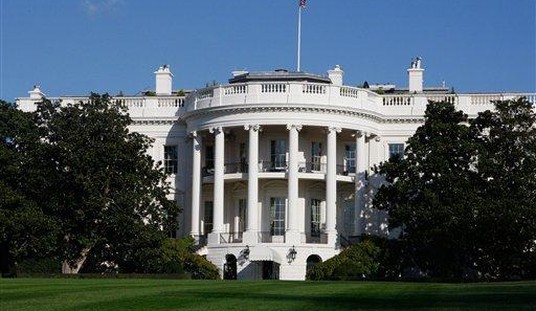You probably learned about the ant and the grasshopper growing up. In the classic Aesop fable, the ant spends summer storing food while the grasshopper sings and saunters about lazily. When winter's cold arrives, the ant is snug and well-fed, while the starving grasshopper is left to beg for food and shelter. The moral of the story is that responsibility is rewarded. This being Washington, however, things aren't always so simple. Take the case of the Federal Home Loan Bank (FHLBanks) system.
Founded in 1932 by President Herbert Hoover, the banks, which take no federal funds, have been dutifully fulfilling their role ever since as a consistent, reliable source of liquidity for the 8,000 financial institutions that jointly own it. Enforcing the highest standards, the FHLBanks have never suffered a credit loss on a loan, a remarkable achievement over eight decades.
Then, there's Fannie Mae and Freddie Mac. Fannie Mae was created by President Franklin Roosevelt in 1938 to free capital by purchasing mortgages directly from banks. Freddie Mac was added to create "competition" in 1968. And in a strange turn of events, these US Government Sponsored Entities (GSEs) became publicly traded stocks in 1989.
Both the Fannie/Freddie duopoly and the FHLBanks existed in a similar public/private role, that is to say, private but not wholly removed from serving a public purpose. Yet when the cold winter of the 2008 financial crisis arrived, these two very different systems found themselves in quite different situations.
Fannie and Freddie, with a combined liability in the range of $5 trillion and around $15 billion in losses, practically forced federal regulators to move swiftly to bail out the duopoly during the early hectic days of September 2008. These same GSEs continued to hemorrhage cash throughout the recession. In 2011, they caused even more bipartisan condemnation on Capitol Hill when plans were uncovered to issue multi-million dollar CEO bonuses. Even now, with the economy out of recession and the housing market showing the strongest growth in recent memory, Freddie Mac just posted yet another quarterly loss. With the Federal Reserve likely raising interest rates this week, this loss has caused investors and policy makers to have a new round of concerns about the long-term viability of both GSEs post-crisis.
Recommended
On the other hand, there are the FHLBanks. Throughout the recession this system worked as intended by those policymakers who created it during the Great Depression. The FHLBanks passed the 2008 financial crisis with flying colors, emerging almost completely unscathed. Of all the interconnected sections of the financial system, the FHLBanks were one of the few systems which looked good as our country emerged from the painful financial episode.
Which brings us to the current state of policy making. Given the extensive history of the two different systems, you might expect that the regulator that oversees both the GSEs and the FHLBanks would be coming down hard on Fannie and Freddie - which remain under conservatorship more than eight years after they almost collapsed the global economy.
One would expect those same regulators to allow the FHLBanks to continue on, refraining from meddling with the properly functioning FHLBanks merely reaffirming the trust earned by a system which has been rock solid - even in the worst of times. Except, that's actually the opposite of what has happened.
The Federal Housing Finance Agency (FHFA), which oversees both systems, is essentially on the regulatory warpath against the FHLBanks, proposing draconian new restrictions that could fundamentally upset how the system works.
The FHFA's most noteworthy actions regarding Fannie and Freddie has been to approve $4 million annual pay packages for their CEOs. This regulatory affirmation prompted such outrage in Congress that both parties came together to reverse it in a rare show of near universal consensus.
If Aesop had written his fable in the Washington, DC of today it would have ended slightly differently... When winter came, a fox who had watched the insects all year decided to kick the ant out into the cold and gave the grasshopper the ant's house.
Life isn't a morality tale, but perhaps this fable could offer some insight for FHFA regulators who are on a course to do real harm to the economy.
























Join the conversation as a VIP Member